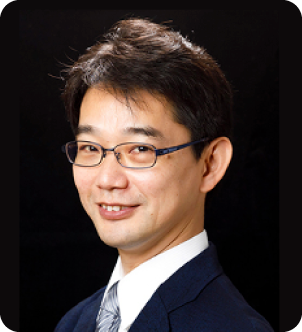
Shin-biology regulated by protein lifetime
Message
-
Old and New Mysteries of Protein Lifetimes
In addition to protein synthesis, protein degradation is an important mechanism that determines protein composition. Research on the mechanisms of intracellular protein degradation has progressed over the past 30 years, and basic mechanisms such as the ubiquitin-proteasome system and autophagy have been identified as large-scale degradation systems. In addition, various proteases exist inside and outside the cell and play essential roles in physiological functions. However, the mechanism by which protein lifetime is determined is still poorly understood. For example, the half-life of proteins in rat neurons varies widely, from less than minutes to more than 10 days. The observation that intracellular proteins have different lifetimes was recognized in 1978 and has been a mystery for half a century. Several laws have been proposed to determine protein lifetimes. The N-terminal rule was first published in 1986, followed by the C-terminal rule and a similar rule called the PEST sequence. However, while these rules can explain the lifetimes of some proteins, they do not explain the lifetimes of most proteins, and the mechanism by which protein lifetimes are determined remains unknown. The mechanism by which protein lifetimes are determined remains unresolved.
-
New Directions in Protein Degradation Research
Understanding the mechanisms of protein lifetime regulation is important because protein degradation is essential for life. So far, the focus has been on the regulation of the lifetime of individual proteins. However, these studies have only observed a very limited aspect of protein dynamics. To gain a deeper understanding of life phenomena, it is necessary to comprehensively view and understand the regulation of proteolysis that occurs throughout cells and tissues. In this research project, we aim to understand the proteome-wide "How is protein lifespan determined?" and discover context-dependent degradation laws and degrons to truly understand life phenomena. Such an approach is an essential direction for the future of protein degradation research.
-
Time to Address the Long-Standing Challenge
One of the problems is the need for comprehensive and high-throughput protein lifetime measurement methods and protein lifetime manipulation methods. Therefore, we aim to solve this bottleneck by establishing large-scale protein lifetime measurement methods and manipulation techniques to achieve Shin-biology.
In the area of large-scale protein lifetime assays, we have succeeded in increasing the speed of peptide identification by a factor of 300 compared to 10 years ago without compromising sensitivity or depth, making it possible to establish methods for measuring protein lifetime, post-translational modifications, isoform detection, N- and C-terminal structures, and various other parameters with high speed, high depth, and high sensitivity. Establishing a method for measuring multiple parameters such as post-translational modifications, isoform detection, N- and C-terminal structures, and protein lifetime has become a reality.
Protein knockdown technology has been developed to manipulate protein lifetime. Compared to loss-of-function methods targeting DNA or RNA, protein knockdown has the advantage of a rapid onset of action, ranging from a few minutes to several hours. Therefore, the effect of the loss of function of the target protein itself can be observed without being affected by secondary defects, making it an ideal method for assessing molecular function. It is an optimal method for assessing molecular function. From a drug discovery perspective, this technology is also attracting much attention as a next-generation drug discovery modality that makes undruggable targets druggable.
Thus, we believe that we are well prepared to overcome the problems of the past, and our goal in this field is to create protein lifetime studies by "understanding," "measuring," and "manipulating" protein lifetimes, and to understand the sin-biology regulated by protein lifetimes.

Graduate School of Pharmaceutical Sciences,
The University of Tokyo